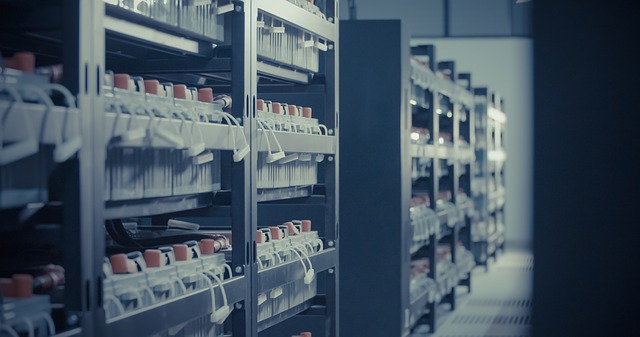How to Manage Airflow Efficiently in a Data Center
As rack densities rise and business demands increase, data center managers are pressured to reduce operating expenses and increase efficiencies. Since cooling infrastructure can account for roughly half of total data center power, it is necessary to properly manage airflow in order to improve efficiency. According to a study by the Uptime Institute, the cooling capacity in data centers is 2.6 times what is required to meet the IT requirement. There is clearly room for improvement.
The goal of data center airflow management is to improve the air temperature at the intake of IT equipment by reducing the highest temperatures so that all intake temperatures are as low and even as possible while still being within the allowable range to maintain a safe operating environment. This enables you to adjust your cooling infrastructure, whether it’s increasing temperatures or lowering fan speeds, which leads to better efficiency and reduced operating costs.
Here are some ways to manage airflow in your data center:
- Hot aisle/cold aisle configuration. This simple configuration, in which cabinets are placed such that the front of one cabinet does not face the back of another cabinet, was developed by IBM in 1992 and has been a common practice since, with implementation in 80% of sites. It positions racks so that the front of one row faces the front of the next row, and then the back of that row faces the back of the next row, and so on, creating alternating rows of cold supply and hot return air and is extremely effective at maximizing cost-efficient cooling. Getting your data center configured properly can be a costly and time-consuming at first, but the long-term reduction in energy costs are more than worth it. For a hot aisle/cold aisle solution to be the most effective, you must seal all air gaps both within and between cabinets, place physical barriers between aisles, force air from raised floors into the cold aisles, and have exhaust vents in the ceiling above the warm aisles.
- Properly set up server cabinets. Server racks must be set up correctly to maximize airflow. Most importantly, be sure to install servers and other equipment so that all intake vents face the cold aisles and all exhaust fans face the hot aisles. Make sure you are using the right cabinet doors for your airflow plan. Glass doors allow warm air to flow up and out of the cabinet, while vented doors allow cool air to flow in the rack while warm air easily exits the rack. If you need to increase the flow of air in your cabinets, consider installing additional fans to direct hot and cold air in the necessary directions.
- Install blanking panels in unused space. Blanking panels are a low-cost solution that improve airflow through equipment, decreases server inlet temperatures, and increases CRAC return air temperature, ultimately improving operational efficiency. The panels alone can reduce energy costs by 1-2% in any data center. Be sure to plug overlooked holes such as open U spaces, between mountain rails and edges of cabinets, and under cabinets. These spaces alone represent 348 square feet per 100 racks.
- Use expandable filler panels when racks must be removed. When you have to temporarily move or remove a rack, you should close the empty space with expandable filler panels to seal of gaps where air can escape. These panels can be quickly installed and can be permanent or temporary.
- Monitor temperature and identify hot spots with DCIM. The American Society of Heating, Refrigerating, and Air-Conditioning Engineers (ASHRAE) recommends a maximum temperature of 80.6 degrees Fahrenheit and an allowable maximum temperature of 95 degrees Fahrenheit in a data center environment. A solid data center airflow management plan will help keep your facility within your desired range, but you need the right data to help you make the most informed data center management decisions. A complete Data Center Infrastructure Management (DCIM) solution will provide the monitoring and data necessary. You will be alerted to any problems before there is a larger issue, have access to real-time temperature sensor data, and be able to see your data center temperature on your 3D floor map in time-lapse to identify hot spots.
As rack densities and operating costs increase, it is important to improve cooling efficiency wherever possible. Following best practices of data center airflow management, and using a second-generation DCIM tool to monitor your environment, will help support this goal. Want to see how Sunbird’s DCIM solution improves data center airflow management? Take a test drive today.





























